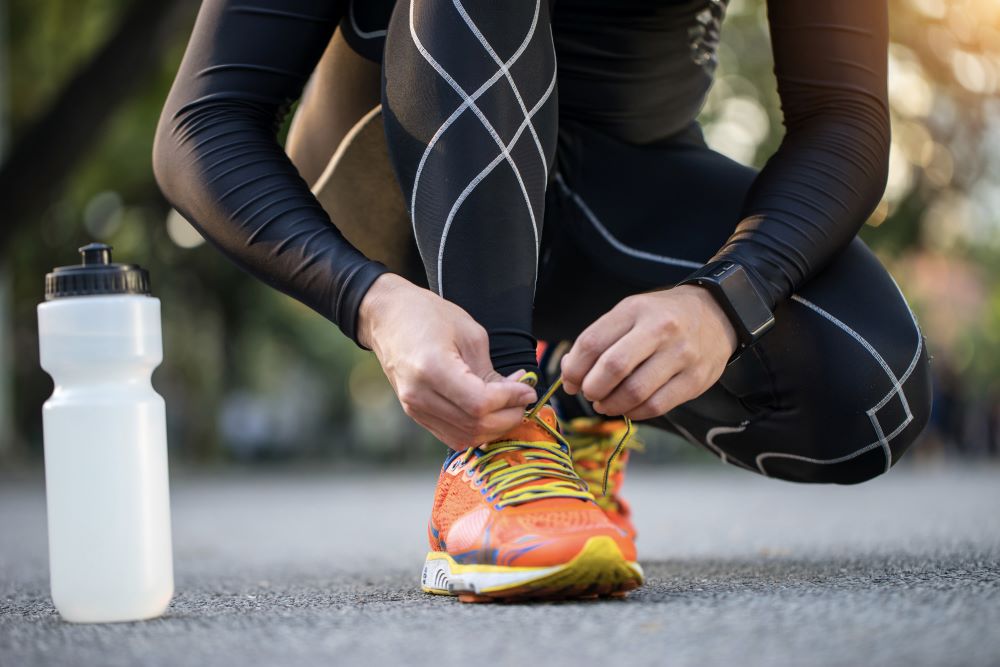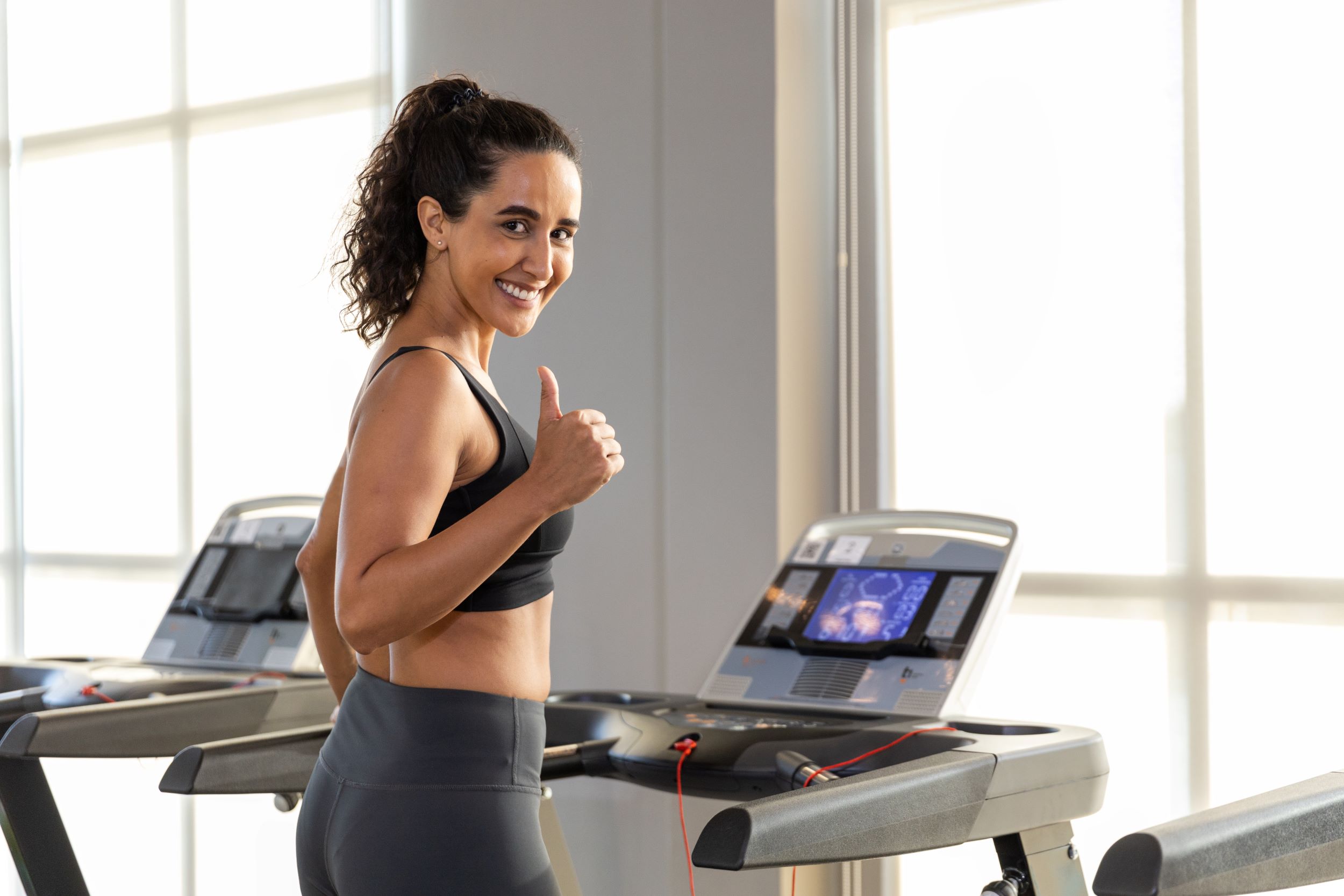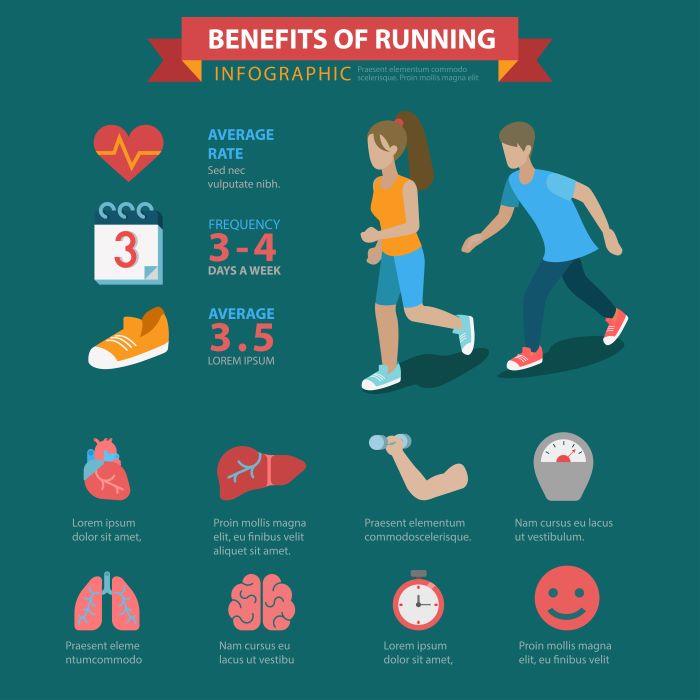Understanding belly fat is crucial for anyone looking to improve their fitness and overall health. This type of fat, often referred to as visceral fat, is located deep within the abdomen and surrounds vital organs. Unlike subcutaneous fat, which is found just beneath the skin, visceral fat poses a greater health risk. It has been linked to various health conditions such as heart disease, type 2 diabetes, and certain cancers.
Moreover, belly fat can significantly impact your metabolism. It can disrupt hormonal balance, leading to increased hunger and cravings, making it challenging to maintain a healthy weight. This is why incorporating a consistent routine of running exercises for belly fat is essential. Running not only helps burn calories but also promotes fat loss, particularly from the abdominal area.
To combat belly fat effectively, consider the following strategies:
- Incorporate High-Intensity Interval Training (HIIT): Short bursts of intense running can maximize fat burning.
- Consistency is Key: Regular running sessions will keep your metabolism elevated and aid in sustained fat loss.
- Combine with Strength Training: Building muscle can boost your metabolism, enhancing fat loss.
Understanding the impact of belly fat is the first step towards making informed fitness choices. Visit our website to learn more and get started today! Click here.
Benefits of Running for Belly Fat Reduction

Engaging in running exercises offers numerous benefits specifically targeted at reducing belly fat. One of the most significant advantages is its ability to burn a high number of calories, which is essential for weight loss. Research shows that running can burn more calories per minute compared to many other forms of exercise, making it an effective tool in your fitness arsenal.
Additionally, running boosts your metabolism, allowing your body to continue burning calories even after you’ve completed your workout. This phenomenon, known as the “afterburn effect” or excess post-exercise oxygen consumption (EPOC), plays a pivotal role in enhancing fat loss.
Another key benefit is that running can improve your overall cardiovascular health. A healthy heart enhances circulation, which helps in transporting oxygen and nutrients more efficiently throughout the body. This not only aids in fat loss but also contributes to better performance during workouts.
Moreover, running can positively impact your mental health. The release of endorphins during a run can elevate your mood, reduce stress, and combat feelings of anxiety. This psychological boost can lead to more sustained motivation to maintain your running routine, ultimately assisting with body composition goals.
To summarize, the benefits of running for belly fat reduction include:
- High calorie burn
- Boosted metabolism
- Improved cardiovascular health
- Enhanced mental well-being
Incorporating running into your fitness routine can be a game-changer in your quest to reduce belly fat.
Best Running Exercises to Target Belly Fat

If you’re looking to efficiently target belly fat through running, incorporating a variety of running exercises into your routine can yield impressive results. Here are some of the best running exercises to help you achieve your fitness goals:
- Interval Running: This involves alternating between high-intensity sprints and lower-intensity jogging or walking. For example, sprint for 30 seconds, then jog for 1 minute. This method not only burns calories but also improves your speed and endurance.
- Hill Sprints: Running uphill forces your body to work harder, engaging your core and legs more effectively. Include short bursts of hill sprints in your routine to boost your metabolism and tone your abdominal muscles.
- Fartlek Training: This Swedish term means “speed play.” It combines continuous and interval training by varying your pace throughout your run. For instance, alternate between fast-paced running and slower recovery periods at different intervals.
- Long-Distance Running: While not as intense, longer runs help build endurance and burn calories over time. Aim for a steady pace to keep your heart rate elevated while focusing on your breathing.
- Running with Weights: Adding light weights, such as ankle or wrist weights, can enhance the intensity of your workout. This method not only increases calorie burn but also helps in muscle toning.
Incorporating these running exercises into your routine will not only help target belly fat but also provide a well-rounded approach to overall fitness. Experiment with different workouts to find what keeps you motivated and engaged!
Creating a Running Routine for Fat Loss
Establishing a consistent running routine is crucial for effective fat loss, especially when targeting belly fat. Here’s how to create a structured running routine that aligns with your fitness goals and lifestyle:
- Set Clear Goals: Define your fat loss objectives and set achievable milestones. Whether it’s losing a certain number of pounds or being able to run a specific distance, having clear goals will keep you motivated.
- Choose the Right Frequency: Aim to run at least 3 to 5 times a week. This frequency allows your body to adapt and recover while maximizing calorie burn. Mix shorter, higher-intensity runs with longer, steady-paced runs to keep your routine balanced.
- Incorporate Variety: To prevent boredom and plateaus, diversify your workouts. Include different types of runs such as interval training, hill sprints, and long-distance runs. This variation challenges your body and keeps your metabolism active.
- Listen to Your Body: Pay attention to how your body responds to your routine. If you’re feeling fatigued or noticing signs of overtraining, consider including rest days or cross-training activities to enhance recovery.
- Track Your Progress: Keep a journal or use fitness apps to log your runs, distances, and times. Tracking your progress not only keeps you accountable but also allows you to celebrate your achievements along the way.
Creating a running routine tailored to fat loss requires commitment and flexibility. By setting realistic goals and incorporating a variety of workouts, you can create a sustainable running regimen that helps you achieve that dream body.
Nutrition Tips to Enhance Running Results

When it comes to losing belly fat through running, nutrition plays a pivotal role. Pairing effective running exercises with the right dietary choices can significantly enhance your results. Here are some nutrition tips to help you maximize your running performance and fat loss:
- Prioritize Whole Foods: Focus on incorporating whole, unprocessed foods into your diet. Fruits, vegetables, lean proteins, whole grains, and healthy fats provide essential nutrients that fuel your runs and aid recovery.
- Stay Hydrated: Proper hydration is vital for optimal performance. Drink plenty of water throughout the day, and consider hydrating before, during, and after your runs to replenish fluids lost through sweat.
- Balance Your Macronutrients: Aim for a balanced intake of carbohydrates, proteins, and fats. Carbohydrates provide energy for your runs, while protein supports muscle repair and growth. Healthy fats help maintain sustained energy levels.
- Timing Matters: Pay attention to when you eat in relation to your runs. Consuming a small snack rich in carbohydrates and protein about 30 minutes before running can boost energy levels. After your run, refuel with a meal or snack that includes protein to support muscle recovery.
- Limit Added Sugars and Processed Foods: Reducing your intake of added sugars and highly processed foods can help control your calorie consumption and maintain stable energy levels. Instead, opt for natural sources of sweetness like fruits.
Integrating these nutrition tips into your lifestyle can significantly enhance your running outcomes, enabling you to achieve your fat loss goals more effectively. Remember, a successful running regimen is not just about the miles you log but also the quality of food you fuel your body with.
Joining a Running Community for Motivation

Being part of a running community can significantly enhance your motivation and commitment to your fitness journey. Whether you’re a seasoned runner or just starting out, joining a group of like-minded individuals can provide encouragement, accountability, and a sense of belonging. Here’s how a running community can help you:
- Shared Goals: Running with others who share similar goals can help you stay focused. Whether it’s completing a race or simply improving your pace, collective motivation can push you to achieve more than you might on your own.
- Support and Encouragement: In a supportive environment, you’re more likely to receive constructive feedback and encouragement. Celebrating each other’s milestones, no matter how small, fosters a positive atmosphere that can boost your confidence.
- Access to Resources: Many running communities offer valuable resources, such as training plans, nutrition advice, and injury prevention tips. Being able to share knowledge and experiences with others can improve your running skills and overall fitness.
- Social Connections: Running can sometimes feel like a solitary activity, but being part of a community allows you to meet new friends and develop social connections. Group runs, events, and casual meet-ups make the experience more enjoyable.
- Increased Accountability: When you commit to a group, you’re more likely to stick to your running schedule. Knowing that others are counting on you can be a powerful motivator to lace up your shoes and hit the trails.
Engaging with a vibrant running community elevates your running experience, making it more enjoyable and fulfilling. So why wait? Visit our website to learn more and get started today! Click here.


